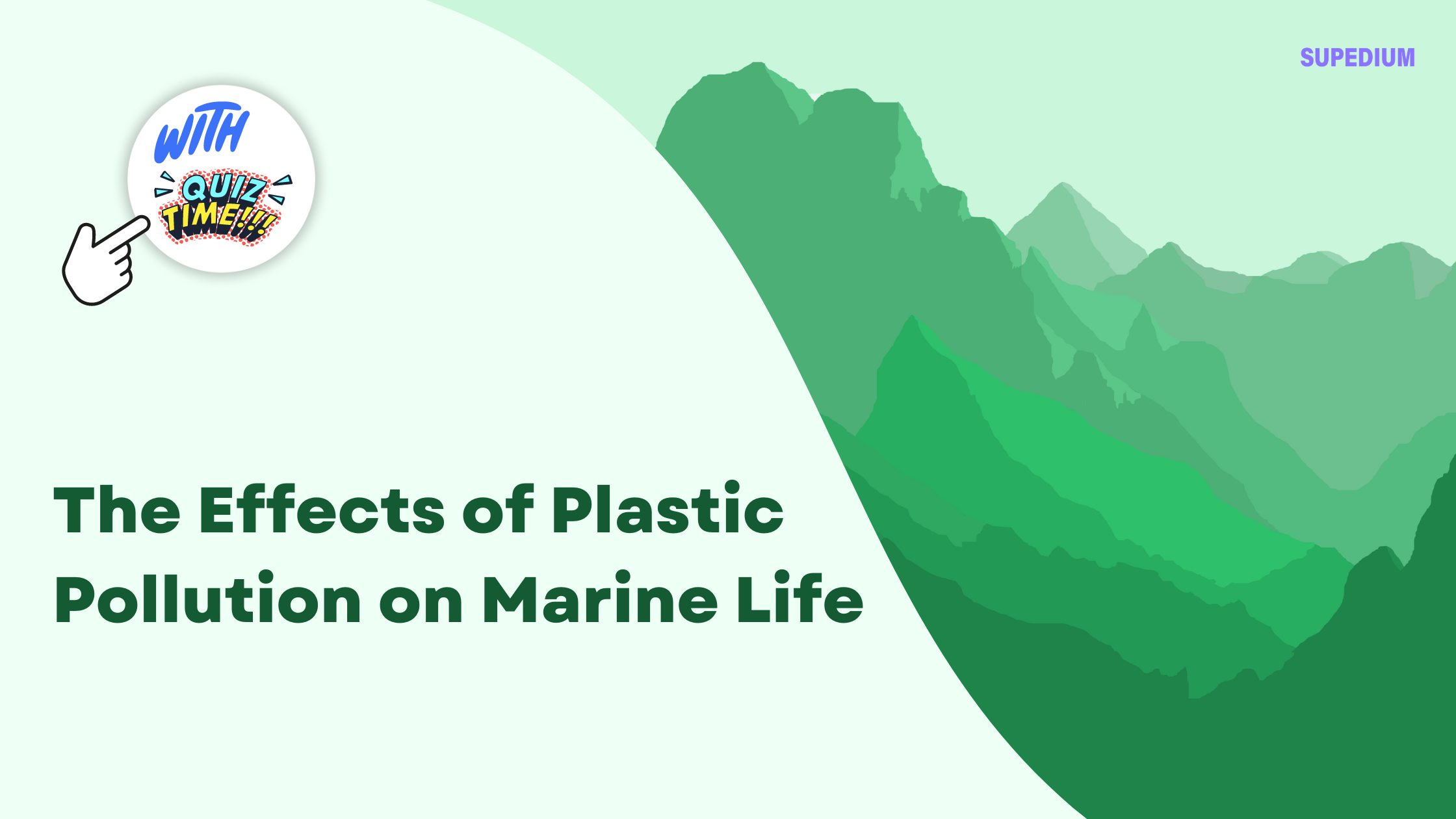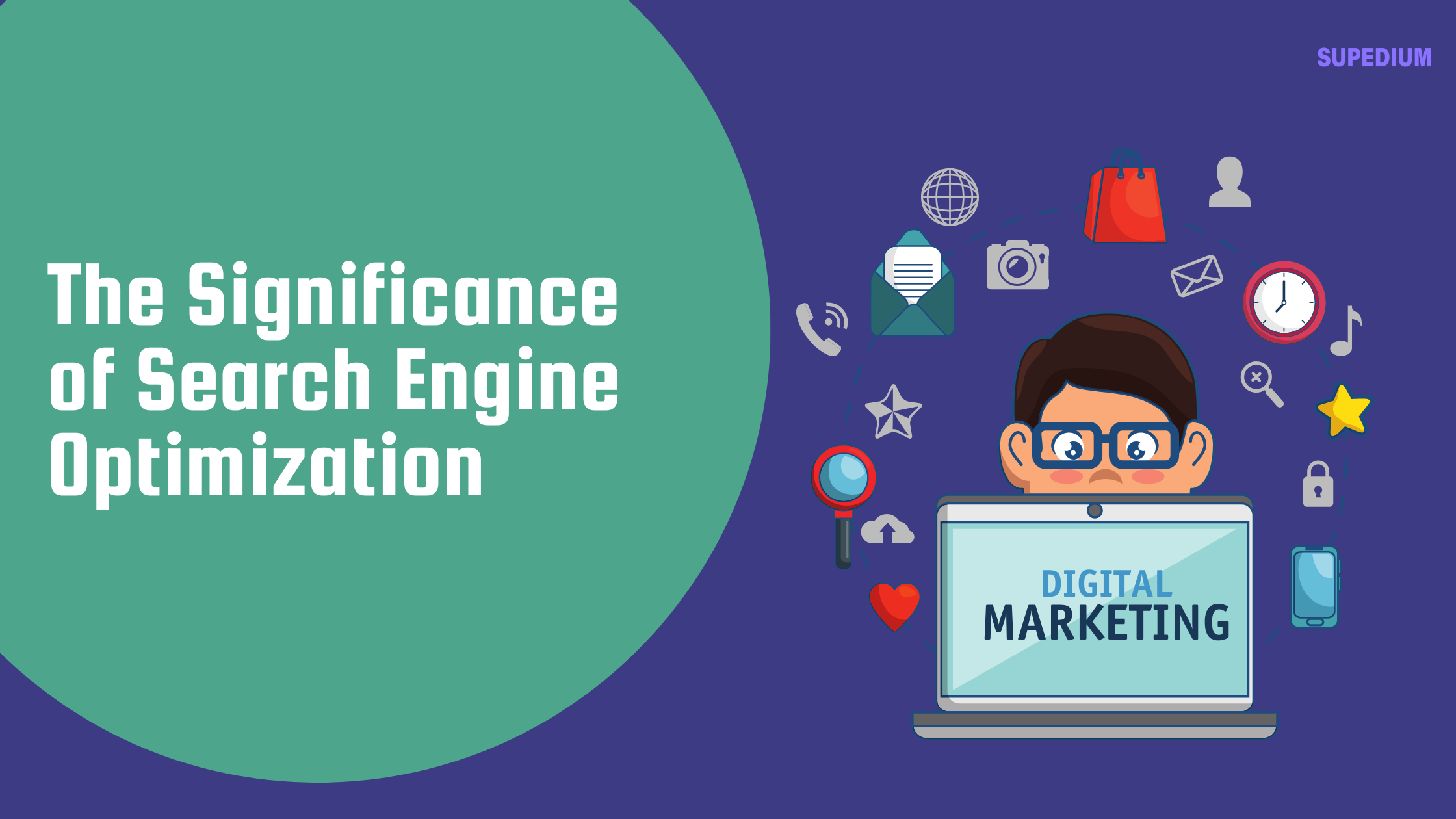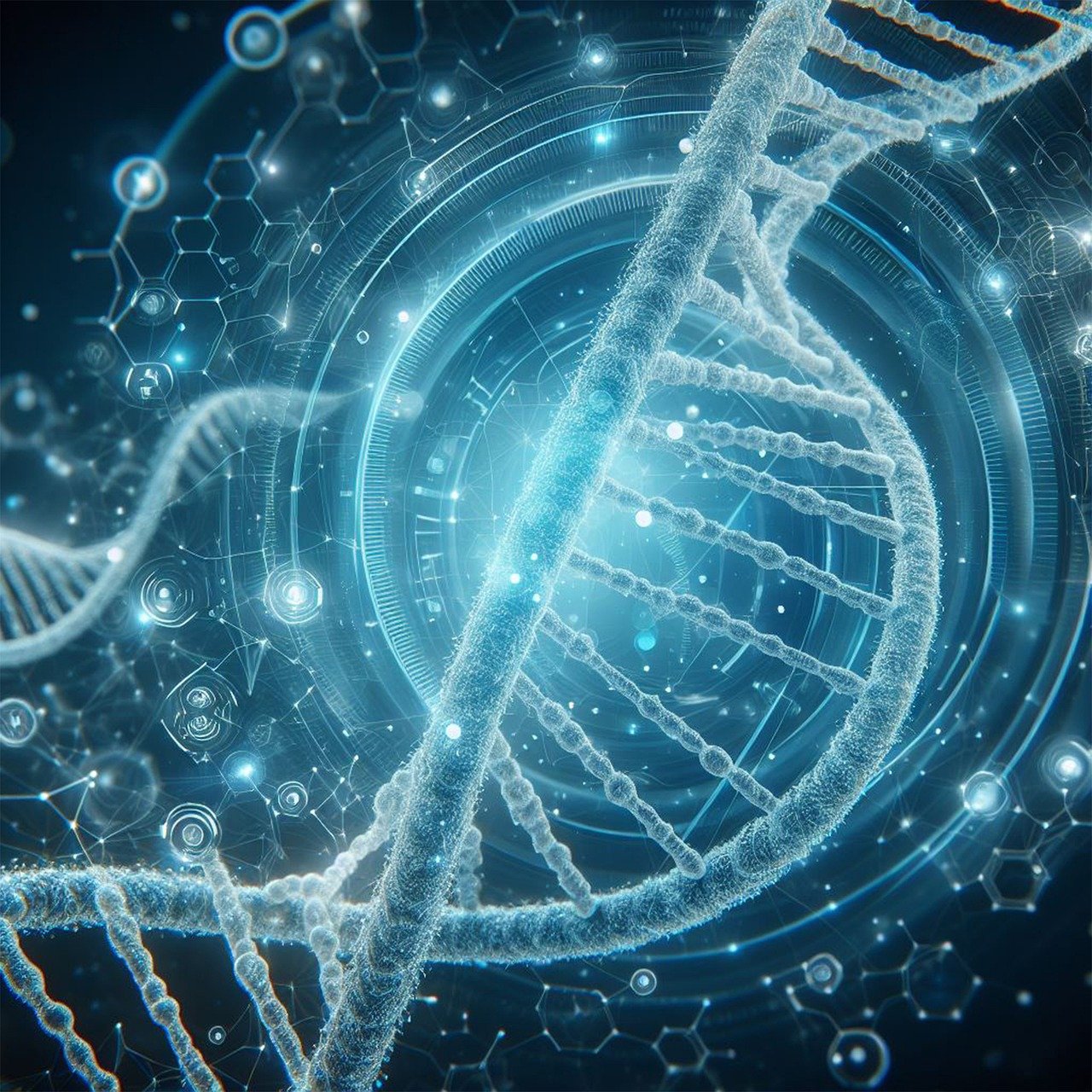Table of Contents
![]()
Introduction
Plastic pollution is a pervasive environmental issue, particularly affecting marine ecosystems. Defined as the accumulation of plastic materials in the ocean and coastal areas, plastic pollution poses severe threats to marine life and ecosystems. Plastics, ranging from large debris to tiny microplastics, infiltrate every corner of the marine environment, impacting species from the smallest plankton to the largest whales. Understanding the sources and effects of plastic pollution on marine life is crucial for developing effective solutions to mitigate this global crisis.
Sources of Plastic Pollution
Land-Based Sources
A significant portion of plastic pollution originates from land-based activities. Poor waste management practices are a primary contributor, where plastics are not properly collected or disposed of, leading to littering and the accumulation of waste in the environment. Industrial runoff and stormwater discharge also contribute to the problem, as plastic debris from urban areas is washed into waterways, eventually reaching the ocean.
Ocean-Based Sources
Marine activities also contribute to plastic pollution. Fishing gear, such as nets and lines, frequently ends up in the ocean, where it can entangle marine animals or degrade into smaller pieces. Shipping activities can result in cargo spills and the release of plastic debris. Additionally, offshore drilling and extraction operations can inadvertently release plastics into marine environments.
Impact of Plastic Pollution on Marine Life
Physical Harm
One of the most visible impacts of plastic pollution is the physical harm it causes to marine organisms. Many species ingest plastics, mistaking them for food. This ingestion can lead to severe health issues, including blockages, internal injuries, and malnutrition. For example, sea turtles often mistake plastic bags for jellyfish, leading to digestive tract obstructions that can be fatal. Additionally, entanglement in plastic debris, such as fishing nets, can restrict movement, impair growth, and affect reproductive success. Marine mammals like seals and whales are particularly vulnerable to entanglement, which can lead to injury or death.
Chemical Harm
Plastics release toxic substances into the marine environment. These include Persistent Organic Pollutants (POPs), which are hazardous chemicals that persist in the environment and accumulate in the food chain. Plastics can also contain endocrine-disrupting chemicals, which interfere with the hormonal systems of marine organisms. Over time, these chemicals accumulate through bioaccumulation and biomagnification, impacting not only marine species but also the predators at higher trophic levels, including humans who consume seafood.
Behavioral and Ecological Effects
Plastic pollution disrupts normal behaviors of marine species. For instance, plastics can alter feeding and mating behaviors, leading to reduced reproductive success and survival rates. The presence of plastics in habitats can also lead to ecological changes, such as shifts in species composition and interactions. Some species may become more competitive or aggressive due to altered behaviors or stress, affecting the balance of marine ecosystems.
Case Studies
Specific Species Affected
- Sea Turtles: Sea turtles are among the most affected by plastic pollution. They often ingest plastic debris, mistaking it for food. This ingestion can cause internal damage, reduce their ability to feed properly, and lead to death. Additionally, entanglement in discarded fishing gear can impair their ability to swim and reproduce.
- Marine Birds: Many marine birds, such as albatrosses, ingest microplastics mistaking them for prey. This ingestion can cause health issues, including reduced growth rates and reproductive success. Some birds also feed plastic to their chicks, which can lead to starvation and death.
- Marine Mammals: Marine mammals like whales and dolphins are impacted by plastic pollution through ingestion and entanglement. Ingested plastics can cause internal injuries, while entanglement can lead to mobility issues and reduced feeding efficiency.
Geographic Hotspots
- The Great Pacific Garbage Patch: This is a vast area of the North Pacific Ocean where plastic debris accumulates due to ocean currents. It poses a severe threat to marine life within the region, affecting numerous species.
- The Mediterranean Sea: Known for its high levels of plastic pollution, the Mediterranean Sea faces severe environmental impacts due to its relatively small size and high population density in coastal areas.
- Coastal Regions with High Plastic Pollution: Many coastal regions around the world experience high levels of plastic pollution due to local waste management issues and high human activity.
Mitigation and Solutions
Reduction and Prevention
Addressing plastic pollution requires both prevention and reduction strategies. Policies and regulations, such as bans on single-use plastics, are crucial in reducing plastic waste. Improving waste management practices, including increased recycling and proper disposal, can also help mitigate the problem. Additionally, corporations are developing biodegradable plastics and engaging in sustainability initiatives to reduce their environmental footprint.
Cleanup Efforts
Various cleanup efforts are underway to address plastic pollution. Beach cleanups and community initiatives help remove plastic debris from shorelines, while ocean cleanup projects use specialized technologies to collect plastics from the water. These efforts are essential for reducing the immediate impacts of plastic pollution on marine life.
Public Awareness and Education
Raising public awareness and education about plastic pollution is crucial for driving behavioral change. Campaigns and outreach programs can inform people about the impacts of plastic pollution and encourage them to reduce their plastic use. Education plays a key role in fostering a culture of environmental responsibility and encouraging individuals to participate in conservation efforts.
Future Outlook
Ongoing Research and Technological Advancements
Research into alternative materials and technological advancements is critical for addressing plastic pollution. New materials, such as biodegradable plastics and sustainable alternatives, offer potential solutions to reduce plastic waste. Innovations in waste management and recycling technologies can improve the efficiency of plastic recovery and reduce the amount of plastic entering marine environments.
Long-Term Projections and Potential Scenarios
If current trends continue, plastic pollution will likely worsen, with increasing impacts on marine life and ecosystems. However, with effective interventions and concerted global efforts, there is potential for recovery and restoration of marine environments. Proactive measures, such as stronger policies and community engagement, are essential for reversing the negative impacts of plastic pollution.
Conclusion
Plastic pollution poses a significant threat to marine life, impacting species through physical harm, chemical contamination, and behavioral disruptions. Addressing this issue requires a multifaceted approach, including prevention, cleanup, and public education. By understanding the sources and effects of plastic pollution and taking action to mitigate its impacts, we can work towards a healthier marine environment and a sustainable future. It is imperative for individuals, communities, and governments to collaborate in combating plastic pollution and protecting marine ecosystems for generations to come.






Be the first to comment